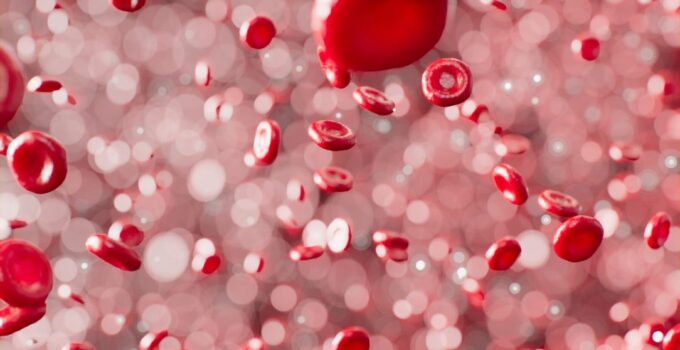You have to admit that our bodies are quite fascinating. It does so much for us every day, and we even don’t understand most of it. It is why scientists have been studying each part so meticulously for centuries now, and still, there are some mysteries they have yet to unravel.
When it comes to the circulatory system, most people immediately think of the heart. Yes, it is the most crucial organ in the human body, but this system includes so many different parts besides it. This article will introduce you to some fun facts about blood circulation, and we can guarantee you will be amazed by some of them.
This system is very long
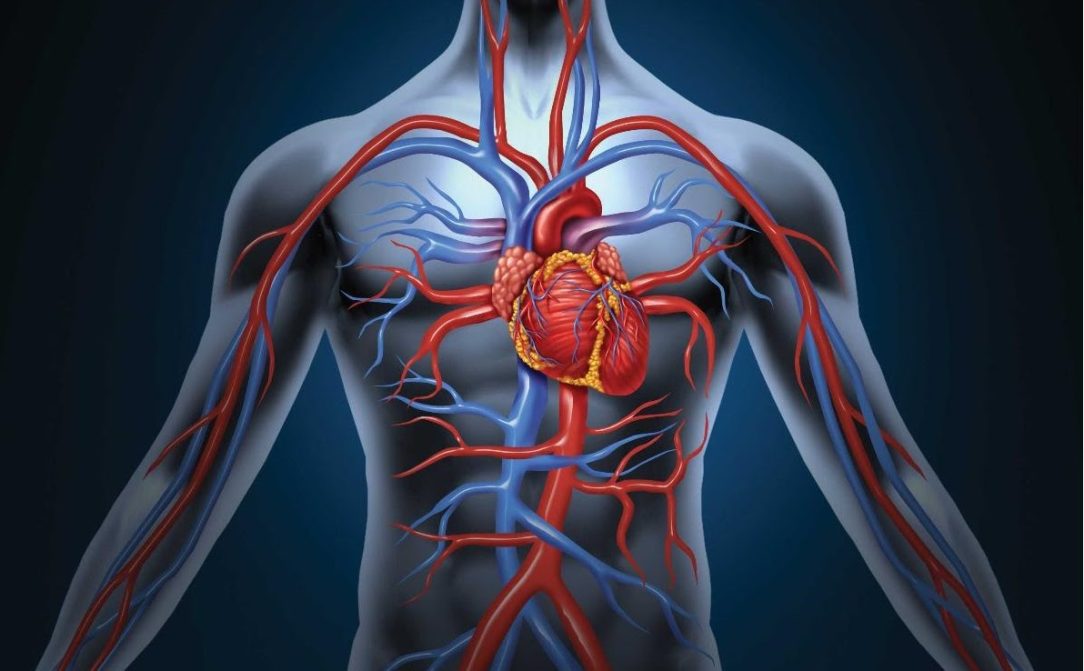
Source: moosmosis.org
The circulatory system consists of veins, capillaries, and arteries, and if you were to lay them in a single line, their length would be about 60,000 miles or 100,000 kilometers. This is the approximate calculation made by the US National Institue of Aging. For reference, according to NASA, the Earth’s circumference is about 25,000 miles (40,000 kilometers). Yes, you are reading it right. Theoretically, we could wrap our vessels 2.5 times around our planet.
It’s all about the teamwork
All our vessels, that is, arteries, capillaries, and veins, all work together, and each of them is essential. It all begins when the heart contracts and expels blood. It goes into arteries that then transport it to capillaries, which are actually tiny blood vessels. They enable the oxygen to move from the blood into cells. Once this process is completed, the veins take the blood that no longer holds the oxygen back to the beginning, i.e., the heart, and the entire process starts again.
The circulatory system carries millions of barrels of blood
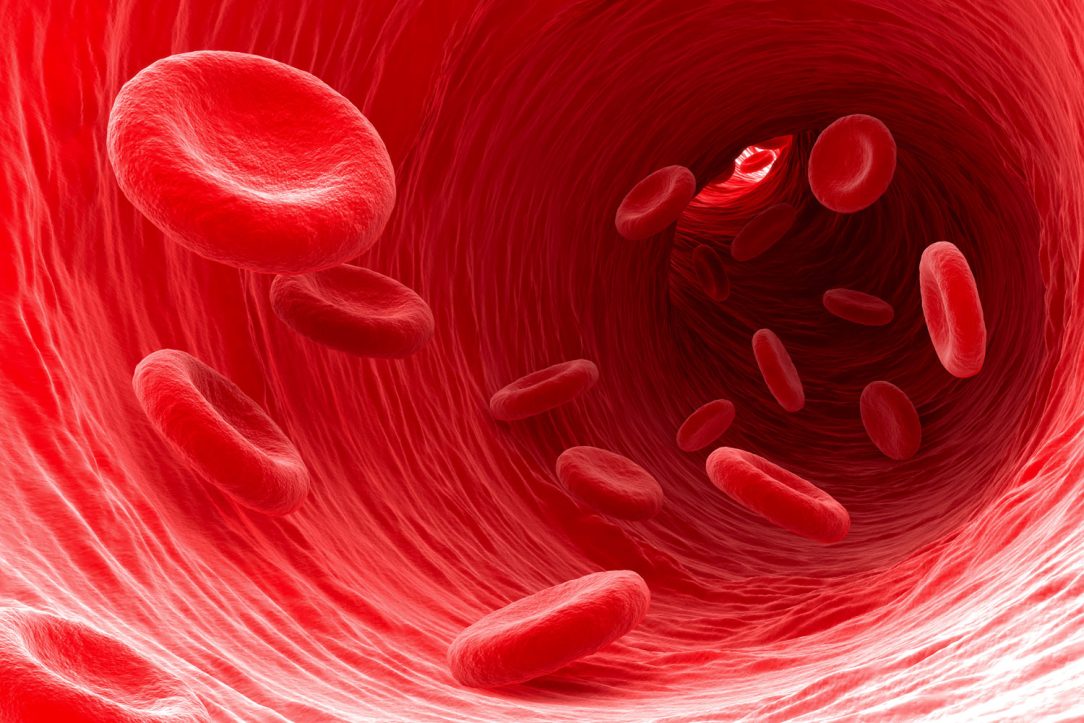
Source: vitafoodsinsights.com
If we say that the heart expels around 2 ounces of blood with every beat, which occurs about 2.5 billion times in a person with an average lifespan of 75 years, can you even calculate how much blood we are talking about? Yes, it is an astonishing amount, considering that the heart expels five quarts of it every five minutes, that is 220 million quarts in an average lifespan. If you want to learn more, you should check out blood circulation in the heart flowchart on www.zenflowchart.com.
Even the tiniest vessels can suffer damage
We all know about specific diseases, such as varicose veins, that can harm this system and endanger our general health. However, what many people don’t know is that there is a rare condition that attacks even the smallest capillaries. It is called Capillary leak syndrome. Basically, it weakens the vessles’ walls, and over time, they start leaking into the surrounding area. When this occurs, the flooded tissue swells pretty quickly, and if not diagnosed and treated correctly, this syndrome can cause low blood pressure, which can then harm your heart and other organs.
Chocolate improves your health
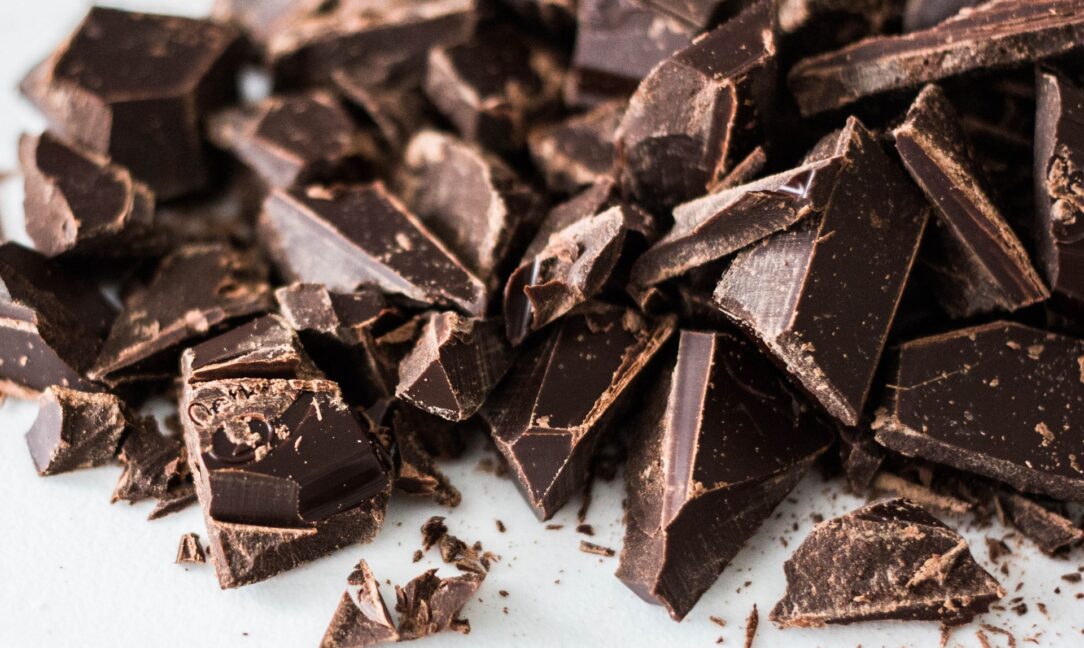
Source: unsplash.com
Yes, it is true, and it is something we all want to hear. According to a study published back in 2015, a moderate amount of chocolate can boost the health of the heart and the entire circulatory system, which also means that this lowers the chances of suffering a stroke and numerous heart diseases. However, keep in mind that this is only true for the moderate amount, meaning that you still need to be careful about the sugar intake.
Obesity is dangerous for the heart and vessels
The previous fun fact leads to this one. We know that obesity wreaks havoc on your body, but how does it affect the circulatory system? According to professionals, extra weight puts additional strain on your heart. If you are of average weight, that one pound you gain won’t do much harm. However, if you are obese, every extra pound makes your heart work harder. This is true because, according to some studies, an extra mile of vessels is needed for every pound an obese person gains. Even though this system of vessels is very long, as already stated, there is still a limit to it.
Blood vessels are culprits of “brain freeze”

Source: thrillist.com
We have all experienced this type of headache, and even though it lasts only a few seconds, it can be quite intense. We know it occurs when we eat something really cold, but what causes it? That’s true – vessels. When ice-cold water or ice cream touches the roof of your mouth, the vessels contract. Why? Well, it is their way to preserve heat. Upon this happening, they relax to continue the blood flow, but this reaction causes that painful headache we call the brain freeze.
Weather can stop blood circulation
This is a well-known fact, but it is incredible how our bodies respond to weather conditions, especially extreme cold. Vessels maintain the body’s temperature, which is why they expand to cool us down or, as already mentioned contract to keep us warm. Well, when we find ourselves in a freezing environment, the vessels narrow and basically stop the circulation. It is why our hands or feet turn purple, and if not treated as soon as possible, the tissue dies. All the circulation occurs around our internal organs to boost the chances of surviving the biting cold because human beings can survive without a toe, but not without a heart.
Red blood cells don’t have nuclei
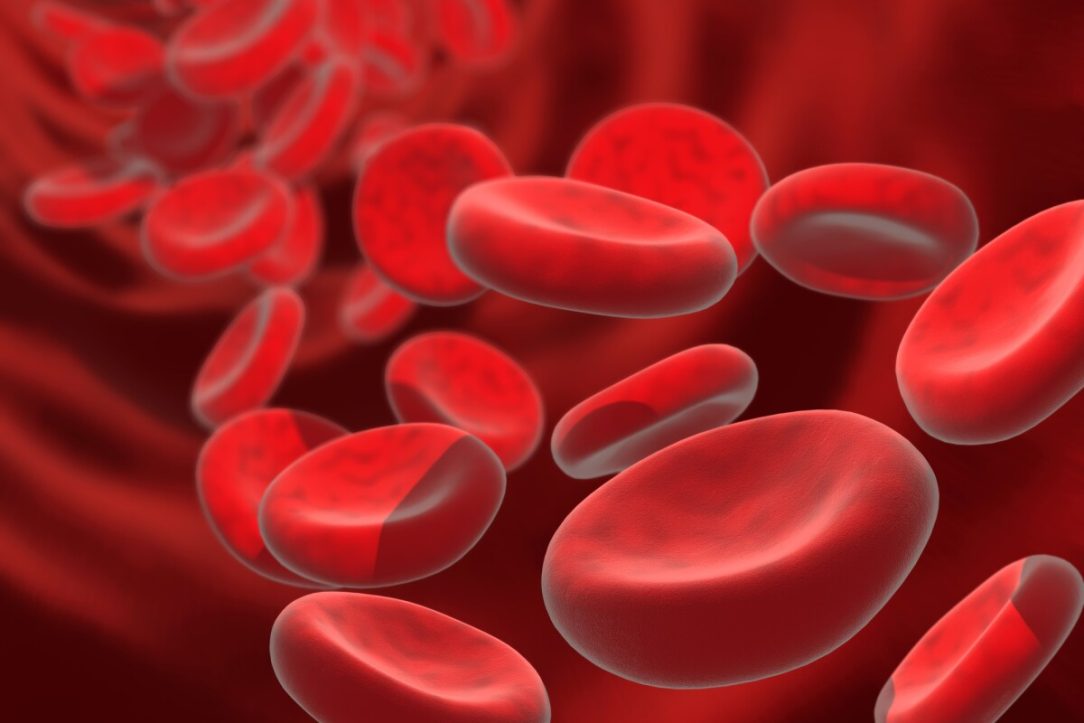
Source: newatlas.com
To say that red blood cells are unique is an understatement. Each cell in our body has a nucleus as a vital part of its structure. Well, that is, all besides red blood cells. The main benefit of their design is that they can carry larger amounts of oxygen to our organs, which is why they are a crucial part of the circulatory system. Nevertheless, there is one downside. Since the nucleus is essential for cell division, these are not able to divide. Their average lifespan is about 120 days, after which they perish. However, don’t be alarmed. Our bone marrow works continuously on the production of red blood cells to replace those that die.

